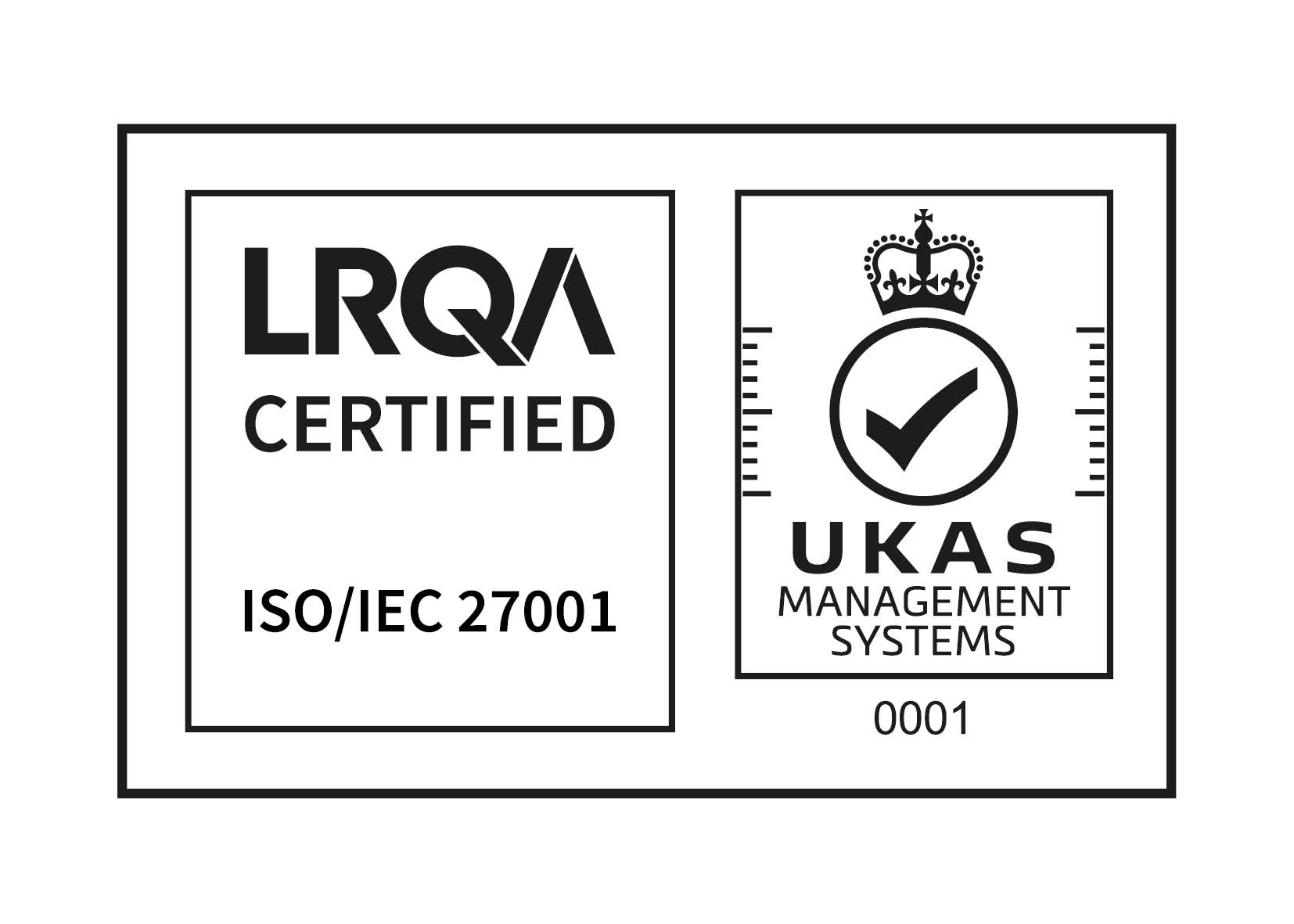.png&w=3840&q=75)
Tech Exhibitions and Conferences during COVID
17 September 2020
Stuart Murdoch

Six months into the pandemic, six months when I would normally have expected to have been flying regularly across the globe to speak at conferences and support our presence at exhibitions, but that has ground to a halt. The organisers of these events have been experimenting with new online formats, and I am taking stock of what's been good so far from my perspective, and what's not been as good.
For those events which have invested the effort to run professionally, it has been so much easier to engage with the content. Stand out among those for me so far has been CyNam They looked like they had engaged an experienced broadcast company to help. The MCs were in a socially distanced studio with great branding, lighting and sound. Panel speakers were projected on large screens behind the sofas in the studio. What didn't work was the panellist who either didn't have headphones or were trying to get by with their mobile phone earphones. What also didn't work was the "commercial breaks" where companies got to pitch their products - these needed to be clearly advertised as such.
A recent event which replaced a two-day conference which I would normally attend in Washington DC highlighted some things that didn't work so well for me. Firstly, they were plagued by connectivity issues: not sure whether this was because they were too popular, but on the first day I eventually gave up trying to get back into the live tracks. The "exhibition hall" which ran alongside this was simply a page full of the logos of sponsors which you could click on to watch a pre-recorded advert, maybe ask some questions to a faceless BD person via chat/IM. The breakout chat groups showed the number of participants which was always off-putting because they were so low.
Usually, I would always attend this Conference in person, and it attracts a fantastic audience of global Cyber leaders, and because of that we end up having lots of impromptu meetings on the side of the main conference. It was not easy to see who had registered (and at many security conferences particularly, not everyone chooses to share their details for networking - but you would still spot them in the audience). In addition, there was no way to see who was attending each session and so there was no opportunity to "spot" who was there for a chat. Also, of course, for these types of event, I will use the excuse of being in the Country to arrange a number of other meetings during the days I am there. Doing them remotely doesn't quite give the same reason/excuse: "Hey, I would normally have been in DC today, but I am not, and because there's a time difference, fancy watching me enjoy an online beer whilst I watch you having your breakfast?"
Other online events have likewise been plagued by poor technology choices, insufficient bandwidth, lack of decent audio or low definition streaming. The good news as an audience member is that the investment in effort is low: I haven't had to travel there or back and I can (and do) simply hang up and do something else instead. There is a risk for exhibition and conference organisers: you need to get things right first time or will very quickly lose your audience and your sponsors, possibly forever. If you can't ensure that the people speaking at your conference don't have an adequate internet connection, don't have noise cancelling microphones - either send them the equipment - or find another speaker (and have a back up plan!)
What has surprised me, because I really didn't think it would work (in fact, I felt naturally allergic to the idea) has been virtual networking breakouts. The kind that has worked best for me has been adopted very quickly by the WCIT with their Virtual Thursday socials. Everybody meets in the main video conference but then are split out 3 or 4 times for 10/15 minutes into random online "rooms" with 3 or 4 new people. I have found to my surprise, the quality of the conversation has been very high. People have been able to clearly hear each other, and I actually think this is an improvement to some in-person events where it is always tempting simply to spend all time speaking to people you know.
The WCIT took this to the next level with an online Black Tie banquet: it started with an online drinks reception with the Lord Mayor of London, and then for each course of the dinner (which had been delivered the before) you were moved into a new virtual room with up to eight people. Again, I found the quality of the conversation to be enhanced over a usual banquet where it is hard to speak to anyone other than those to your immediate left and right.
What this means for Surevine of course is that we are saving money on travel, we are saving money on building booths and our Marketing budget can be directed elsewhere. What it means for the future of exhibitions and conferences remains to be seen, but what I am sure of, is they will need to continue to adapt, learn and innovate.




